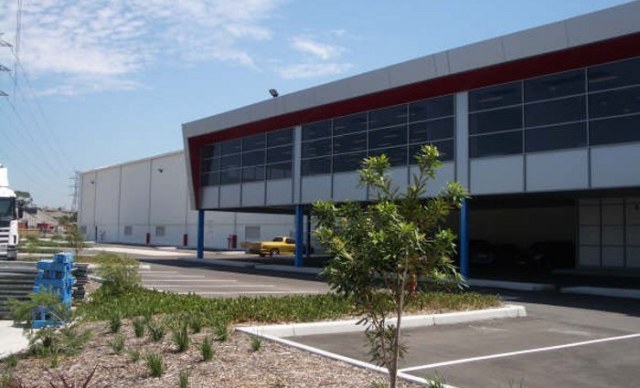IPMG will develop an eight-hectare site at Warwick Farm for the construction of the printing, warehousing and distribution facility, which will be used to produce magazines, inserts, direct mail material, brochures, books and other assorted materials.
Last month, it was revealed that the company plans to install three eight-unit gravure presses at the site, which will make it the first Australian plant in nearly three decades to employ gravure technology for the production of such materials. Gravure presses are typically suited to longer print runs, with the only gravure presses currently operating in Australia confined to the packaging industry.
IPMG has claimed in a submission to the NSW Department of Planning that each press will be capable of processing over 45,000 tonnes of paper annually and producing up to 112,000 items per hour for catalogue and magazine production. The plant will also feature two high-speed collating and stitching lines, which the company claims will be able to produce “in excess of 25,000 items per hour”.
Construction on the site is expected to begin later this year, with the project set to be completed by late 2009.
IPMG said it has spent the past two years evaluating the use of gravure technology for the production of magazines and catalogues, concluding that “a Rotogravure plant fits well with, and complements, [our] existing heatset web offset (HSWO) printing plants”.
“Although the current proposal for gravure printing would be the first of its kind in Australia, it does not come with the traditional risks of introducing new technology into a marketplace,” the company said. “Current gravure printing technology has been used in Europe for nearly 50 years, with in excess of 150 machines specifically for catalogue and magazine production having been sold in Europe and the USA since 1991.”
The company has cited a number of reasons for choosing rotogravure technology, claiming that “significant savings can be made on current printing lead times, lighter weights of paper can be used without any loss of print quality, there is a significant reduction in paper waste due to the variable cut-off which enables print cylinders to be tailored to the right size for the designated job, and the environmental footprint of a gravure plant is well under that of a similarly equipped heatset plant”.
Comment below to have your say on this story.
If you have a news story or tip-off, get in touch at editorial@sprinter.com.au.
Sign up to the Sprinter newsletter

